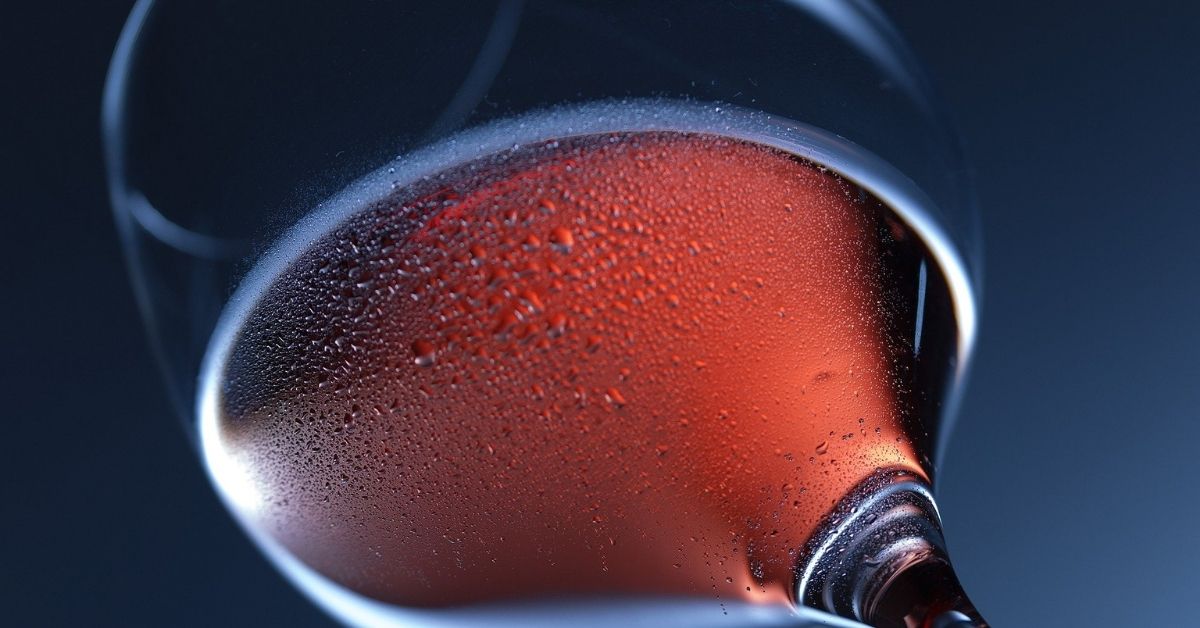
The importance of wine clarification
In winemaking, stabilization and wine clarification are two procedures typically practiced together to achieve the best wine possible. There are many steps involved in both steps of these procedures.
Each step plays a vital role in the quality of a wine. Winemakers know that fining, clarifying, and treating their wine with additives will enhance the taste as well as improve its bouquet. How then does one go about properly preparing and adding these additives?
You can add these additives as early as the fermentation process. When the yeast is added, it begins an all-natural fermentation cycle, which turns sugars into alcohol.
Aging then occurs, which is the fermentation process ceases. The wine clarification process then comes to an end. However, some wineries choose to wait until the grapes have aged a bit more to complete the process of wine clarification.
Some wineries go through this process called "qvevri" which is a term for a traditional method of wine aging; sometimes called "secondary fermentation". In this method, no additional additives are added to the wine during the fermentation process.
Advantages of wine clarification
There are several important advantages to wine clarification. One of the most important advantages is for the vintners who want to age their wines without any additional tannin added to the process.
In addition to this, wine clarification also allows wineries to determine what type of yeast they should use to age certain varietals and also helps determine which grapes should be used for specific varietals.
There are also some wineries who believe that the process of wine clarification allows them to improve their wine making process.
Methods of wine clarification

Wine clarification and stabilization are a group of methods to remove sediment from within a wine that can be either due to oxidation or to hard water. Racking or siphoning of wine to a new bottle often leaves behind the unneeded sediment. This unneeded sediment can greatly impact the taste of the wine.
Part of the reason for this is that some of this sedimentation can occur due to the actual acidity of the wine, but another part of it is due to the action of yeast or other microorganisms within the wine.
Air-locking
The most popular among these methods is known as air-locking. This is achieved by exposing the wine to high-pressure air until all the sediment is removed. This method is often used in red wines as it is preferred because it produces a clear result.
Racking
There are different methods of wine clarification. One method is known as racking before fermentation, which is simply the process of siphoning the wine off the skins and stems into another container to further remove the leftover yeast particles and sediments.
Racking is a method of clarifying wine that involves transferring the wine from one barrel to another, leaving the sediment behind.
MakeWineLab
Decantation
Another method is known as decanting, which means pouring the wine directly into another container with a faucet or a hose. The last and most common method is known as pressurizing or carbonating the wine. Essentially, the wine gets carbonated or frothing at the beginning of the fermentation process so that the flavor can really stand out and develop in the bottle.
Flocculation via gelatin or bentonite
Other methods used in wine clarification include using gelatin, which is essentially a powdered form of biopolymers sometimes mixed with other additives.
It is added to the wine before fermentation and is used to help create clarification since it attracts microparticles to create solid agglomerates known as "flocs".
One such additive is clay or bentonite. These minerals are commonly used in white wines and are based on calcium. This mineral captures molecules of proteins in the wine, which generates a cloudy aspect, and then it precipitates to the bottom to clarify it.
Decoction
There are other methods used in wine clarification. One way is called decoction where all the sugar is distilled out of the beverage and the residue is then further treated with lime juice. Then there are infusion processes where all the sugar is distilled from the beverage itself and the residue is further treated with water.
Then there are clarification syphoniques which is a kind of mechanical filtration similar to reverse osmosis where the solvent is passed through a fine mesh screen while it's being re-intact and then distilled into the container holding the beverage.
Lessons learned on wine clarification
Through years of practice and research, we've learned a lot more about the subject of wine clarification. We now know that a lot of the things we thought we knew about winemaking were wrong. Some of the misconceptions we had, such as the fact that red wines require longer steeping and need higher temperatures, are now proven wrong. There are other methods used in wine clarification, such as oak chips which can actually help make the wines have a lower acidity level.
So what is the end result? A wine that has had no contact with air or any outside forces since it was created in its natural form. A wine that has developed a specific bouquet, taste, and color. And wines that have gone through a detailed clarifying process in which mineral deposits, tannin, and other elements have been removed. All of this is done by the winemaker, depending on his tastes.


